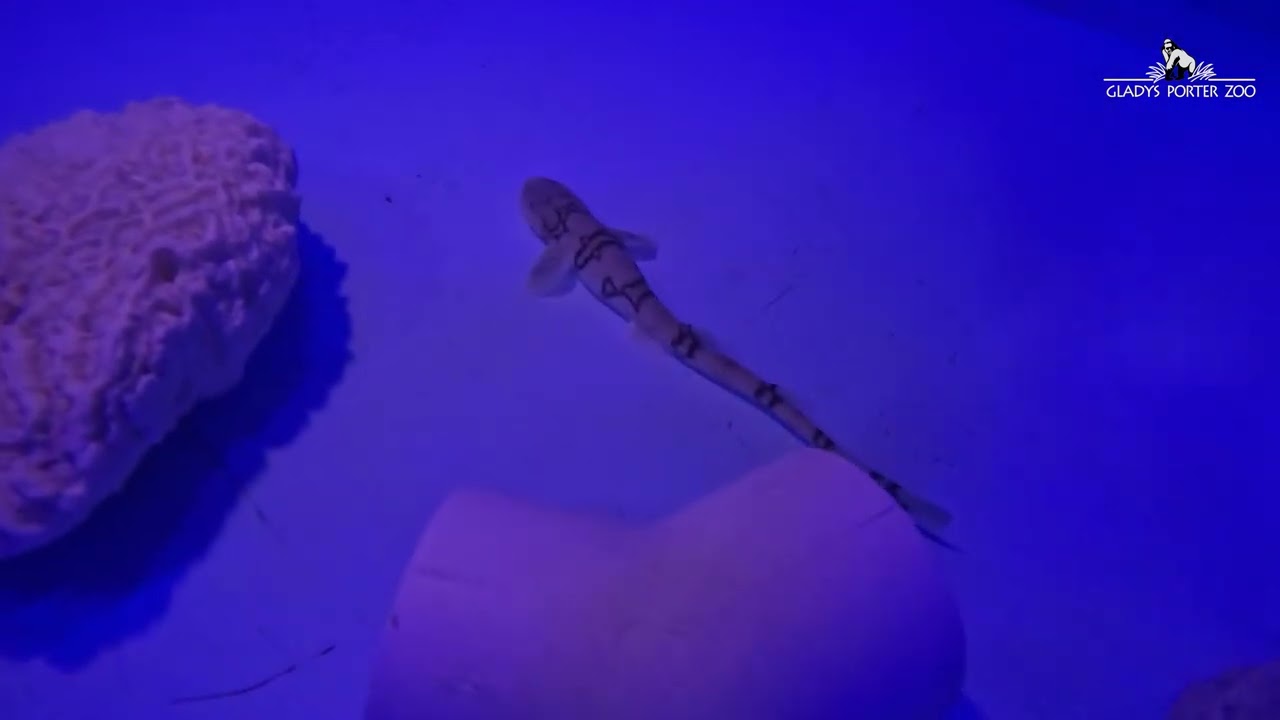- Introduction to the concept and importance of an aquarium nursery for new species conservation.
- The scientific methodology and processes involved in identifying and nurturing new species in an aquarium setting.
- Specific challenges and strategies employed in breeding, raising, and maintaining health of new species in controlled environments.
- The role of aquarium nurseries in public education and raising awareness about biodiversity and conservation needs.
- Future perspectives on the influence of aquarium nurseries in global wildlife conservation efforts.
Aquarium nurseries serve as vital hubs for understanding and preserving aquatic biodiversity by focusing on nurturing new species. These specialized breeding and care facilities are essential for the conservation of diverse marine and freshwater organisms that play a significant role in global ecosystems. Here, we explore the intricacies of aquarium nurseries, focusing on the conservation of new species, a challenging yet rewarding endeavor for zoologists and conservationists alike.
From identifying potential species to granting them the conditions required for survival, the process of sustaining new life in aquariums is multifaceted. There is a precise interplay between scientific know-how, technology, and observation. Central to the functioning of a successful nursery are collaborative efforts in taxonomy, genetics, and ecology. It starts with the identification and classification of a species, often requiring a deep understanding of morphological differences and genetic analyses. These species can be endemic, with a limited natural habitat, making their preservation critical. By identifying these unique characteristics, aquariums can simulate a species’ natural habitat, offering a controlled environment for studying their life cycle and behaviors.
Aquarium nurseries face substantial challenges in maintaining and breeding new species. From environmental controls such as lighting and water salinity to ensuring an adequate nutritional diet, each aspect is carefully curated to mirror a creature’s natural surroundings. Moreover, aquatic organisms often have complex reproductive habits that can require intricate interventions to encourage successful breeding. Fish and amphibians, for example, might need precise water temperatures or particular nesting materials to mate. These specific requirements present challenges, but technological advancements enable aquarists to better understand and meet these needs.
Raising public awareness about these new species and their endangered status is another crucial component of an aquarium nursery’s mission. With interactive exhibits, hands-on education programs, and digital content like video descriptions, museums and aquariums educate visitors about biodiversity and the intricacies of aquatic life. These institutions offer visitors the chance to see, learn, and appreciate aquatic life, forging a connection between the public and conservation efforts. Interactive exhibits and educational programs often highlight the vital role each species plays in its ecosystem, thereby underlining the broader importance of conservation.
Looking towards the future, aquarium nurseries are increasingly recognized for their contributions to wildlife conservation on a global scale. They serve as repositories of genetic material, safeguarding not only the animals housed within them but also offering the possibility of reintroducing species into their natural habitats. By collaborating on international projects, nurseries can share genetic data and breeding techniques, promoting better outcomes for species under threat. The advances in artificial intelligence and big data analytics hold promise for more efficient monitoring and personalized care.
Aquarium nurseries are at the forefront of conserving our planet’s aquatic life. Though challenges in breeding and maintaining these new species persist, the work done in these institutions is invaluable. As nurseries evolve, they will continue to illuminate the fascinating aspects of aquatic biodiversity and impart critical conservation insights to the public. This educational spectrum helps highlight the importance of sustaining and nurturing the diverse lives existing in our rivers, seas, and oceans.
*****
Source Description
The aquarium nursery is currently housing a pair of juvenile chain cat sharks. They are currently about 6 inches long and spend their days resting at the bottom of their tank. These nocturnal bottom-dwellers can grow up to 18 inches long. They are also biofluorescent and will glow bright green under certain light. Stop by and visit them the next time you’re at the Zoo!
#GPZoo


